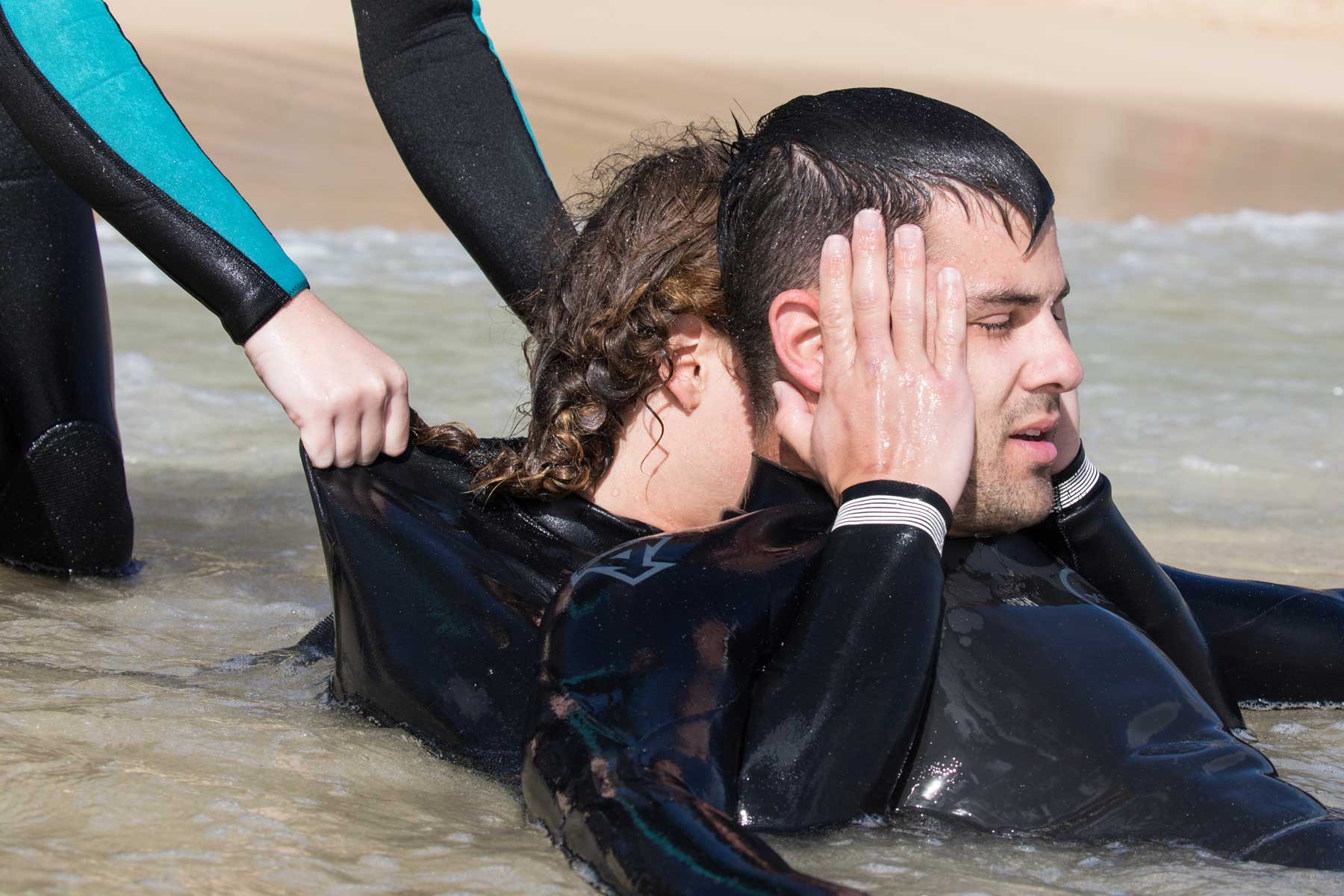
Aquatic rescue is a critical aspect of water safety, encompassing a range of techniques and skills aimed at saving individuals in distress in aquatic environments. From lifeguards to specialized rescue teams, those trained in aquatic rescue play a vital role in safeguarding lives around water bodies. In this article, we'll delve into 12 essential facts about aquatic rescue, shedding light on the key principles, challenges, and strategies involved in this crucial field. Whether you're a water sports enthusiast, a concerned parent, or simply interested in understanding the intricacies of water safety, these facts will provide valuable insights into the world of aquatic rescue. So, let's dive in and explore the fascinating realm of aquatic rescue, uncovering the skills and knowledge that underpin this vital aspect of water safety.
Key Takeaways:
- Aquatic rescue involves specialized training, teamwork, and communication to save lives in water emergencies. It’s a global necessity, empowering communities to respond effectively and ensure water safety.
- Lifeguards and rescue teams use specialized equipment and skills to swiftly and safely rescue individuals from water-based emergencies, playing a crucial role in saving lives worldwide.
Aquatic Rescue: 12 Essential Facts
Aquatic rescue is a vital aspect of water safety, encompassing a range of techniques and skills aimed at saving lives in aquatic environments. Here are 12 crucial facts you must know about aquatic rescue:
Aquatic Rescue Involves Specialized Training
Aquatic rescue requires specialized training to equip individuals with the necessary skills to respond effectively to water-based emergencies. This training covers various aspects, including water safety, rescue techniques, and first aid.
Aquatic rescue encompasses a diverse range of scenarios, including water-based accidents, boating mishaps, and natural disasters. The primary goal is to swiftly and safely extract individuals from hazardous aquatic situations.
Swift Water Rescue is a Vital Component
Swift water rescue is a critical element of aquatic rescue, focusing on fast-moving water environments such as rivers and streams. This specialized discipline demands advanced training and expertise to navigate turbulent waters and execute successful rescues.
Aquatic Rescue Teams Utilize Specialized Equipment
Aquatic rescue teams rely on specialized equipment such as throw bags, rescue ropes, personal flotation devices, and watercraft to facilitate safe and efficient rescue operations.
Effective Communication is Essential
Clear and effective communication is vital during aquatic rescue operations. Rescuers must maintain constant communication to coordinate efforts, ensure safety, and execute swift and precise rescue maneuvers.
Aquatic Rescue Involves Risk Assessment
Before initiating a rescue operation, thorough risk assessment is conducted to evaluate the potential hazards and determine the safest approach to the situation.
Lifeguards Play a Crucial Role in Aquatic Rescue
Lifeguards are instrumental in aquatic rescue efforts, diligently monitoring water activities and swiftly responding to emergencies to ensure the safety of swimmers and beachgoers.
Aquatic Rescue Requires Collaboration
Successful aquatic rescue operations hinge on seamless collaboration among rescue team members, emergency responders, and relevant authorities to orchestrate a cohesive and effective response.
Aquatic Rescue Training Empowers Communities
By providing aquatic rescue training to community members, individuals are empowered to respond effectively to water-related emergencies, potentially saving lives in their local environments.
Aquatic Rescue Demands Physical and Mental Preparedness
Rescuers undergo rigorous physical and mental training to prepare for the demanding nature of aquatic rescue operations, ensuring they can perform optimally under challenging circumstances.
Aquatic Rescue is a Global Necessity
Given the universal presence of water bodies, aquatic rescue is a global necessity, with communities worldwide recognizing the importance of preparedness and swift response to water emergencies.
Aquatic Rescue Saves Lives
Ultimately, aquatic rescue serves as a crucial lifeline, saving countless lives and safeguarding individuals from the perils of water-related incidents.
Aquatic rescue is a multifaceted discipline that plays a pivotal role in ensuring water safety and mitigating the risks associated with aquatic environments. From specialized training to collaborative efforts, the realm of aquatic rescue encompasses a diverse array of elements aimed at preserving lives and promoting water safety.
Conclusion
In conclusion, understanding the intricacies of aquatic rescue is crucial for anyone involved in water-based activities. By recognizing the potential risks and equipping oneself with the necessary knowledge and skills, individuals can contribute to creating safer environments around water bodies. Whether it's knowing how to perform CPR, recognizing the signs of drowning, or understanding the importance of swift and effective rescue techniques, being well-informed can make a significant difference in emergency situations. With a combination of preparedness, vigilance, and swift action, we can work towards minimizing the risks associated with water-related incidents and ensuring the safety of all individuals enjoying aquatic activities.
FAQs
Q: What are the essential skills needed for aquatic rescue?
A: Essential skills for aquatic rescue include CPR and first aid training, proficiency in swimming and rescue techniques, knowledge of water safety protocols, and the ability to assess and respond to water-related emergencies effectively.
Q: How can I prepare for an aquatic rescue situation?
A: To prepare for an aquatic rescue situation, individuals can undergo formal training in CPR, first aid, and water rescue techniques, familiarize themselves with the signs of drowning, and ensure they have access to appropriate rescue equipment in water-related environments.
Was this page helpful?
Our commitment to delivering trustworthy and engaging content is at the heart of what we do. Each fact on our site is contributed by real users like you, bringing a wealth of diverse insights and information. To ensure the highest standards of accuracy and reliability, our dedicated editors meticulously review each submission. This process guarantees that the facts we share are not only fascinating but also credible. Trust in our commitment to quality and authenticity as you explore and learn with us.
